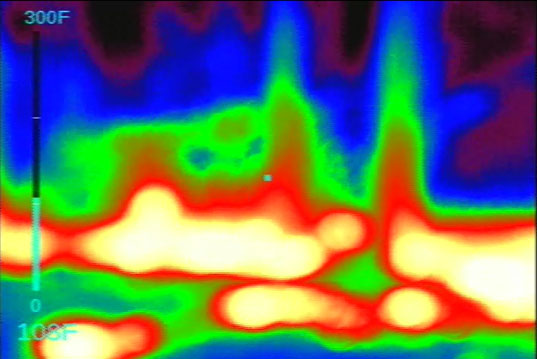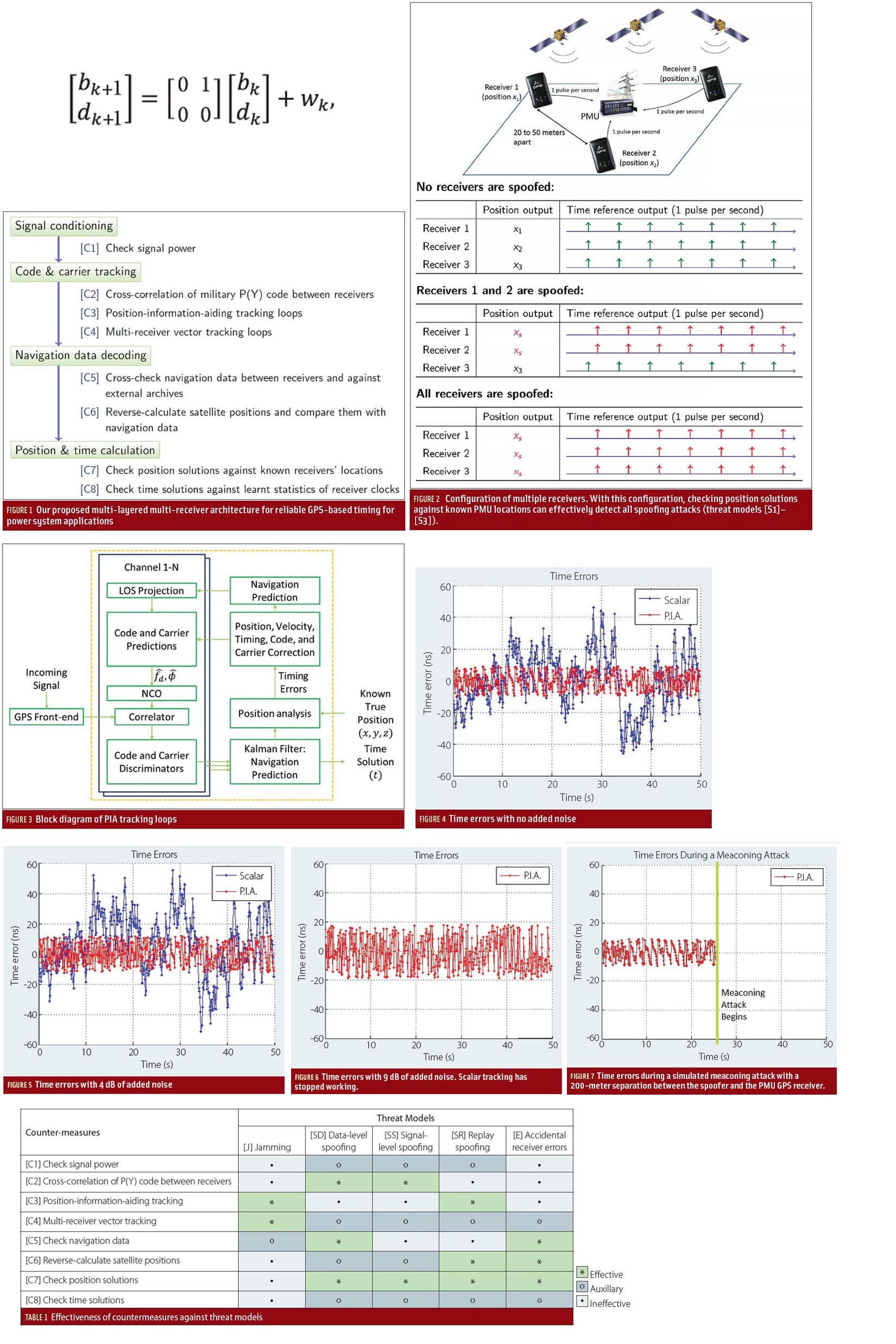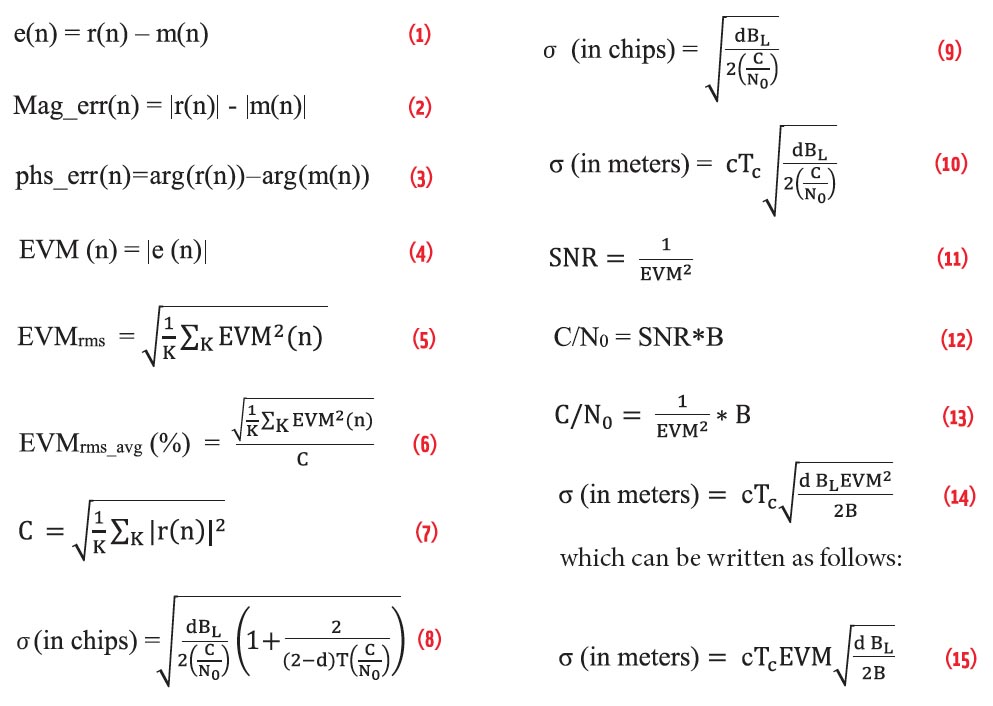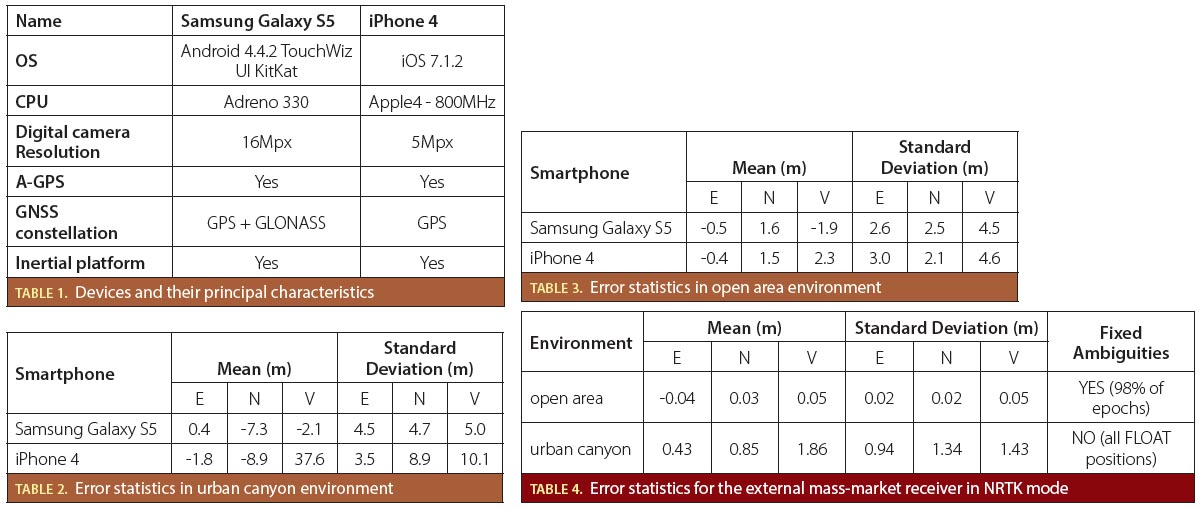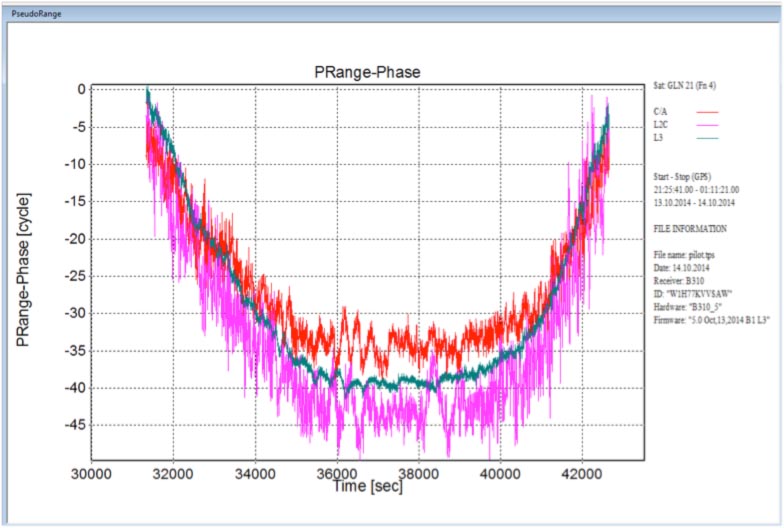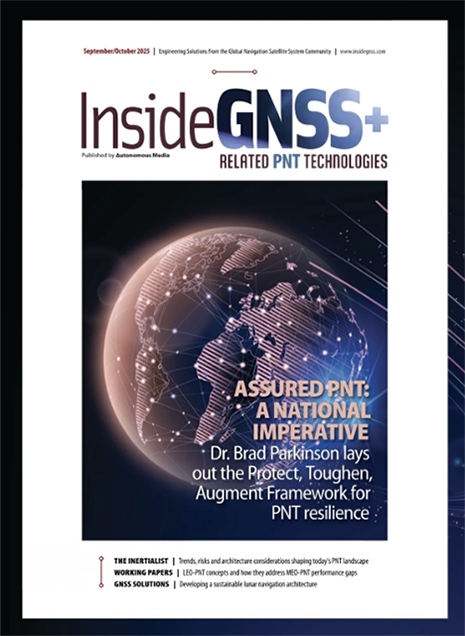ING Robotic Aviation Opens New Facility
 Officials at opening of ING Robotic Aviation’s new facility in Ottawa included Hon. James Moore (center), Canadian Minister of Industry, and Ian Glenn (3rd from right), ING Robotic CEO
Officials at opening of ING Robotic Aviation’s new facility in Ottawa included Hon. James Moore (center), Canadian Minister of Industry, and Ian Glenn (3rd from right), ING Robotic CEOING Robotic Aviation officially opened the doors to its new facility in Ottawa earlier this week—representing another step forward in the company’s move into the commercial market.
The Hon. James Moore, minister of Industry Canada, officially opened the Ottawa–Orléans the new 4,000-square-foot office, which houses sales, R&D, marketing, and operations production.
By Inside GNSS

